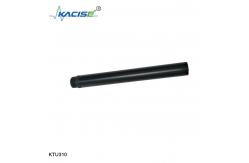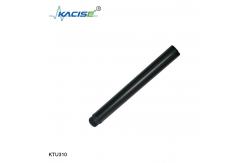Online Turbidity Water Clarity Sensor 20m Depth KTU310
|
Online Turbidity Water Clarity Sensor 20m Depth KTU3101.PrincipleThe KTU310 integrated online turbidimeter is designed and made by the principle of scattering light turbidimeter. When a beam of light enters a water sample, the light is scattered by the turbidity material in the water sample. The turbidity in the water sample can be calculated by measuring the intensity of the scattered light in the vertical direction of the incident light and comparing it with the internal calibration value, the final value is output after linearization. 2.Feature90 ° angle scattering principle, built-in temperature sensor Support RS-485, Modbus/RTU protocol Fiber structure, the strong anti-interference ability of external light The infrared LED light source, high stability IP68, shield, water depth, 20 meters Convenient, fast, stable, and easy to maintain 3.Technical Specifications
4.Dimensional DrawingTips: Orion Method AQ4500 The Orion Method AQ4500 was developed by Thermo Scientific and is based on the use of their turbidity meter, Thermo Orion AQUAfast Turbidimeter Model AQ4500. This method follows all the requirements of EPA Method 180.1 except for the specified light source. This method still requires a 90-degree photodetector with a spectral response between 400 nm and 600 nm, and incident and scattered light cannot travel further than 10 cm combined.
The spectral output of a coated blue LED is like that of a tungsten lamp. Instead of using a polychromatic tungsten lamp as a light source, the Orion method AQ4500 uses a “white” LED. To achieve a broadband output with a typically narrow band LED, this method uses a phosphorus coated blue LED. This expands the spectral output from the blue 450 nm wavelength to a wide spectrum response like a tungsten source/cadmium sulfide detector combination. Furthermore, the use of an LED light source allows for rapid pulsing operation. By pulsing the light, this method permits synchronous detection 40. Synchronous detection means that any stray light or electronic-induced errors can be reduced and nearly cancelled out. The Orion Method AQ4500 also reduces errors due to color absorption by using two photo detectors. In addition to the nephelometric, 90-degree detector, the AQ4500 turbidimeter has a transmitted (180-degree) light detector 46. The light that reaches the transmitted detector is used as a reference beam against the nephelometric scattered light beam. This allows for color compensation due to absorption.
The Orion Method AQ4500 uses ratiometric, nephelometric technology to measure turbidity. To remain compliant with the EPA, the Orion Method AQ4500 has a limited range of 0.06-40 NTU. If a sample reads over this limit, it should be diluted to below 40 NTU. The new measurement can then be multiplied by the dilution factor to determine the turbidity of the original sample. While the manual for this instrument claims that it can be used from 0-4000 NTU, the approved version of this method limits readings to 40 NTU. It should be noted that just because an instrument or method is approved by the EPA does not mean that it is compliant with EPA Method 180.1. The Thermo Orion AQ4500 turbidimeter is EPA-approved for turbidities between 0.06-40 NTU, but because it uses an LED and not a tungsten filament lamp, it is not compliant with EPA Method 180.1. |
||||||||||||||||||||||||||||
| Product Tags: Online Turbidity Water Clarity Sensor 20m depth Online Turbidity Sensor |
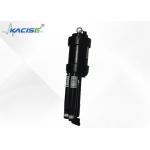
|
KWS-850 On-line Multi-parameter Water Sensor High Accuracy Turbidity Measurement For Wastewater Treatment Plants |
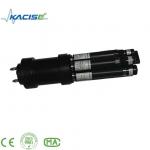
|
Power Consumption 5W 12V KWS-850 Multi-Parameter Water Quality Sensor For Water Monitoring |
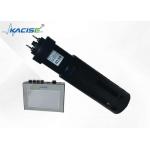
|
Low Maintenance Of The KWS-850 On-line Multi-parameter Water Quality Sensor |
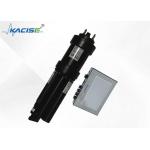
|
Precision KWS-850 On-line Water Turbidity Sensor Water Quality Sensor For Aquaculture |
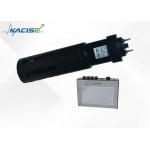
|
The KWS-850 On-line Multi-parameter Water Quality Sensor Can Measure 8 Parameters Simultaneously |
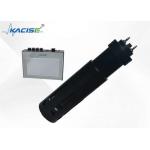
|
The Integrated KWS-850 On-line Multi-parameter Self-cleaning Digital Digital Sensor |

